
“93 percent of business to businesses do content marketing, but of those only 49 percent have a content strategy.”
click to tweet
Given the failure to create a strategy, there is no wonder we are faced with so much content clutter. Let’s look at how you can determine if your “content strategy” actually isn’t a strategy after all.
10 Signs that Your Content Strategy Is Just a Glorified Blogging Calendar
Too many marketing professionals are claiming they are operating with a content strategy but instead use a glorified blogging calendar as a strategy. Here is how to see if you are one of them.
-
Blog Content is Getting Produced But the Purpose Behind It is Vague
The production of content alone does not a content strategy make. A content strategy that can carry it’s weight in effectiveness and performance is rooted in a meaningful content strategy. A true content strategy should have a guided plan for your content that:
- Mirrors your company’s sales process
- Leads customers down the sales funnel
Yes having an active blog is better than none at all, but have two posts a week scheduled out for a month is simply a blog schedule not a strategy. Why spend your time and resources producing content that you aren’t sure will resonate with your readers when instead you could be answering their questions?
The strength of your content strategy lies in creating content that that mirrors your sales process and leverages your blog posts as entry points to get your customers into your funnel.
-
Readers Don’t Have Any Compelling Action to Take Once They Have Digested Your Blog Content
Some glorified blog calendars will naturally be effective at publishing posts that speak to their customers and inherently answers their questions. When creating your strategy ask these important questions:
- How can you be more resourceful for your customers?
- What additional content pieces can you offer interested customers once they have digested a blog post?
Your content strategy should rely heavily on the use of marketing automation tools that:
- Feed your customers into your funnel with compelling offers
- Has offers related to the information they are seeking
- Provides customized content based on their stage in the buyers journey
- Allowing you to have multiple opportunities to engage with customers over an extended period of time
Effective blog posts should include a CTA with a relevant offer as an additional resource for customers.
For an effective content strategy your blog posts need to do more than just produce content your customers want to read.
-
Great Content is Getting Published on Your Blog But the Process is Time Consuming
As important as creating great blog content is, there is also necessary focus that needs be to put on the operational efficiency of the content creation. To create good content for your business blog that serves your customers needs, you generally want to leverage the person in your office who is a subject matter expert (SME) and authority in your industry.
In this blog post; How to Get the Best Content From Subject Matter Experts author Manya Chylinski outlines an effective interview process for extracting content from your Subject Matter Expert. Another resource is this post and Google+ Hangout on Air, that guides you through creating rich inbound marketing content while using a highly leveraged. Respecting Your Expert’s Time with an Efficient Content Extraction Process:
-
You Aren’t Using Any Marketing Automation Tools
Marketing automation is what customizes the user experience for your customer. Pull your customer along based on their voluntary movement through the sales funnel and offers they custom messages, delivered based on their needs and directed at their stage in the sales process.
Pairing your content strategy with a tool like Hubspot gives you better statistics and leveraging your time along with driving your customer through a highly customized experience.
-
Your Blog Posts Aren’t Answering Your Customers Questions
If you can’t educate your prospects or buyers on the front end while they’re on your site, someone else is going to educate them for you. Most likely you’re never going to know about it because they might not even ever get to the point to in the process that they are interacting with your sales team.
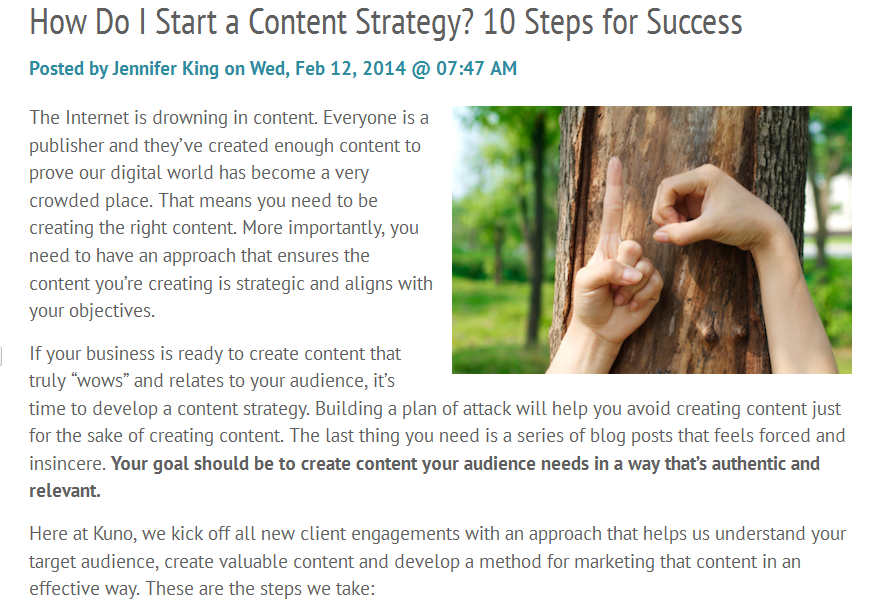
Informative blog posts that answers customers questions both rank well and serve your interests by educating your customers.
A simple way to educate your prospects is by answering their questions. It’s important to take that extra step and ensure your content resonates with your customers because people are moving their sales questions more and more to researching on the internet than they used to 5 or even just 2 years ago.
-
All Your Blog Posts Are Sales or Product Pushes
Rather than hammering customers with brand messages you want them to hear, create posts that solve their problems and answer their questions.Your agenda should be secondary to that of your customer. The happier you can make customers through their buying journey, that becomes your selling process.
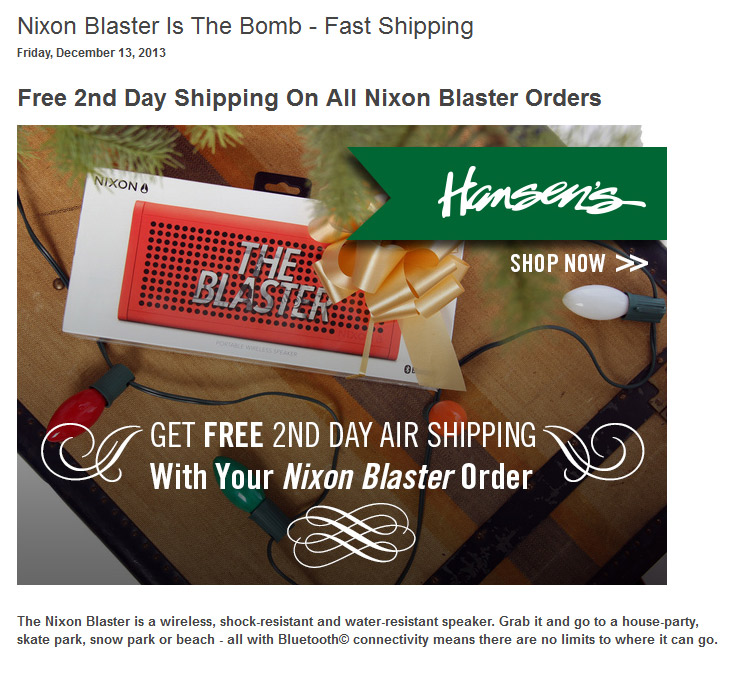
You’ll quickly see with your software that if you make twice as many people happy with your content the more quickly they become qualified leads.
-
All Your Customers Are Getting Fed the Same Blog Content Regardless of Their Stage in the Buyers Journey
Buyers Journey: the active research process a potential buyer goes through leading up to a purchase.
- Specific content assets are more relevant to buyers at specific times during the buyers journey
- The content you create for your clients should use a plan that heavily mirrors the sales process
Following the Buyers Journey will help ensure you map your content offers correctly.
-
Your Customers Are Receiving Content on Your Timeline Not Theirs
There are tools that exist today that allow your prospects to self-select the content that they digest based on where they’re at in the process.
From day one when the prospect hits your website these tools will track all the interactions they have on your website and with your content until they contact sales and pick up the phone and talk to your salesperson.
-
Once You Publish You Aren’t Syndicating It
The amount of time you spend syndicating content should really depend on how great that content is. The success of your inbound marketing campaign is weighed heavily on the quality of the content behind it. If you’re producing crap content why would you want to go around waving that around everywhere; you are not going to spend as much time with the syndication.
 If you’re doing content at the level that you need to be doing it,the sharing of that content and building a conversation around that content is just as important as the writing of that post.
If you’re doing content at the level that you need to be doing it,the sharing of that content and building a conversation around that content is just as important as the writing of that post. -
You Have No Idea How to Measure the Effectiveness of Your Blogging Efforts
One of the best way to drive major ROI improves is through testing.
Companies who test are 75% more likely to show ROI for inbound marketing than those who fail to test their strategies. – Hubspot
click to tweet
Determining the effectiveness of your blogging efforts is an essential tool to ensure that your customers are satisfied and moving down your sales funnel.
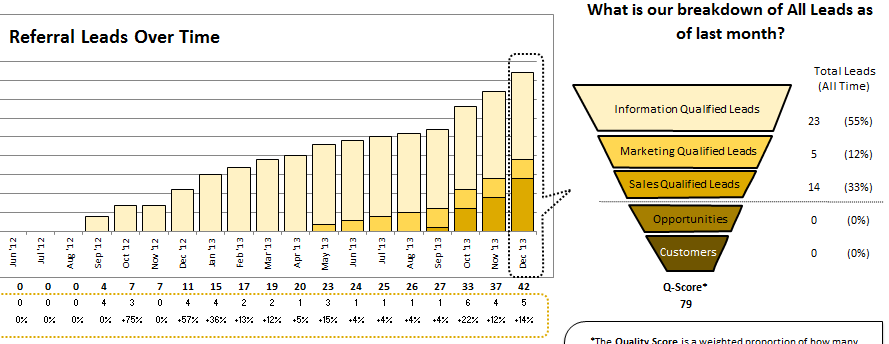
Without measuring effectiveness you will not be able to determine where the bottlenecks exist in your campaign, and make necessary improvements.
The Bottom Line
If you are publishing content and it’s not compelling to your visitors they’re just going to skip right over it. There’s too much out there. There’s a lot of noise, and it’s very hard to cut through the noise if you are operating without a strategy. Shift the focus away from the mindless creation of content with an arbitrary outcome and instead maximum the value of each blog post for your customer. The customers who write us the checks and pull their credit cards out of their wallet should have the most control over our marketing because the happier we make them, the faster they become customers, the better customers they are, the longer they stay with use, the more brand advocates you get, the more referrals you get. It works out better for everybody.
Get PageLadder Posts by Email
Robb Bailey
Latest posts by Robb Bailey (see all)
- 5 Reasons You Need to Look Beyond the Numbers in Your Digital Marketing - July 18, 2019
- 5 Easy Tweaks You Can Make to Consistently Land New Customers Online - July 18, 2019
- Types of Marketing Emails That Nobody Has Opened in Year - July 18, 2019

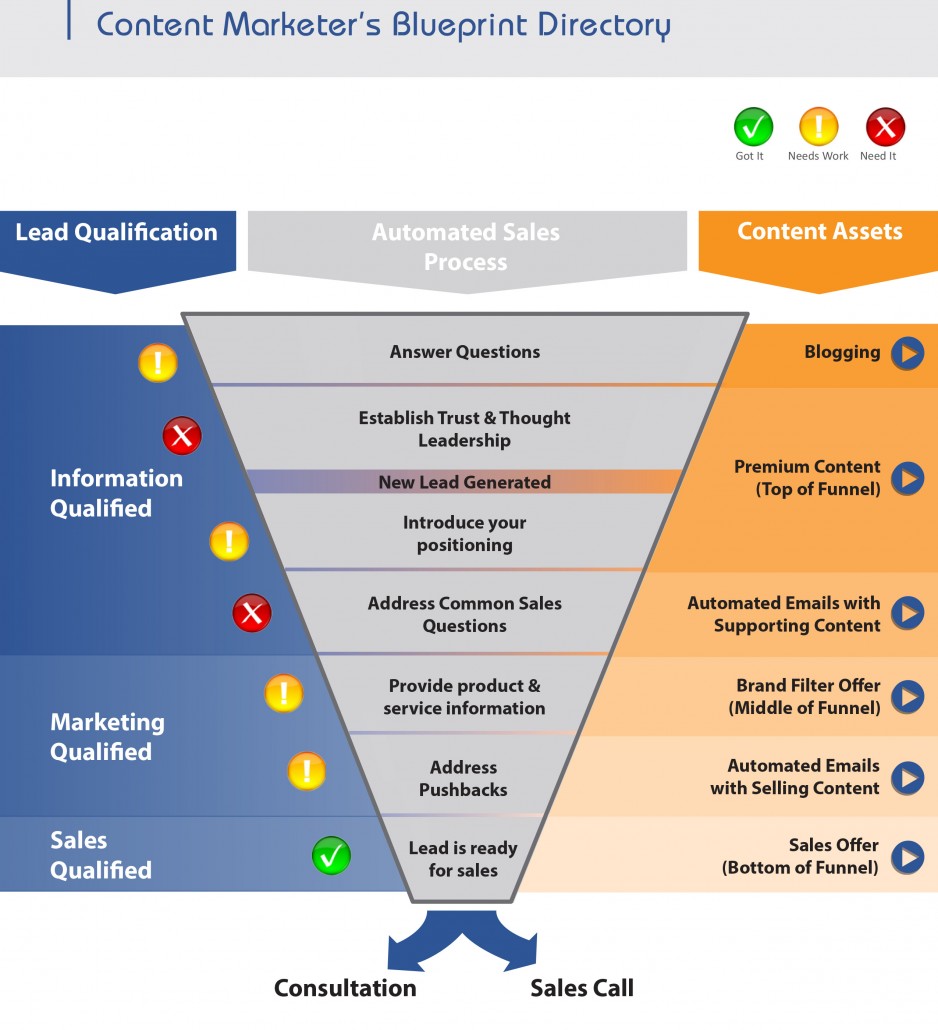

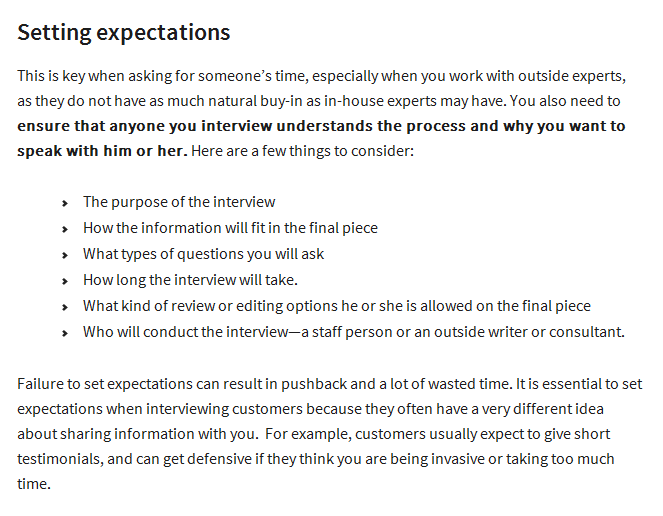
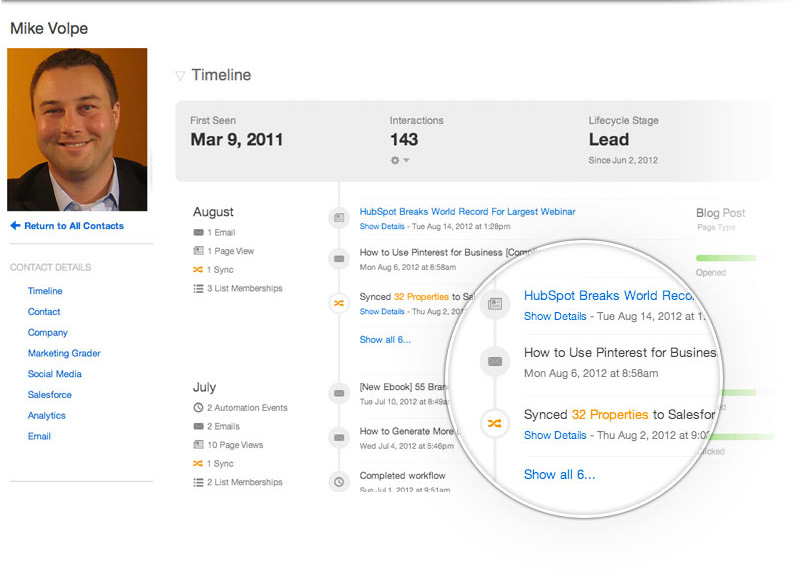
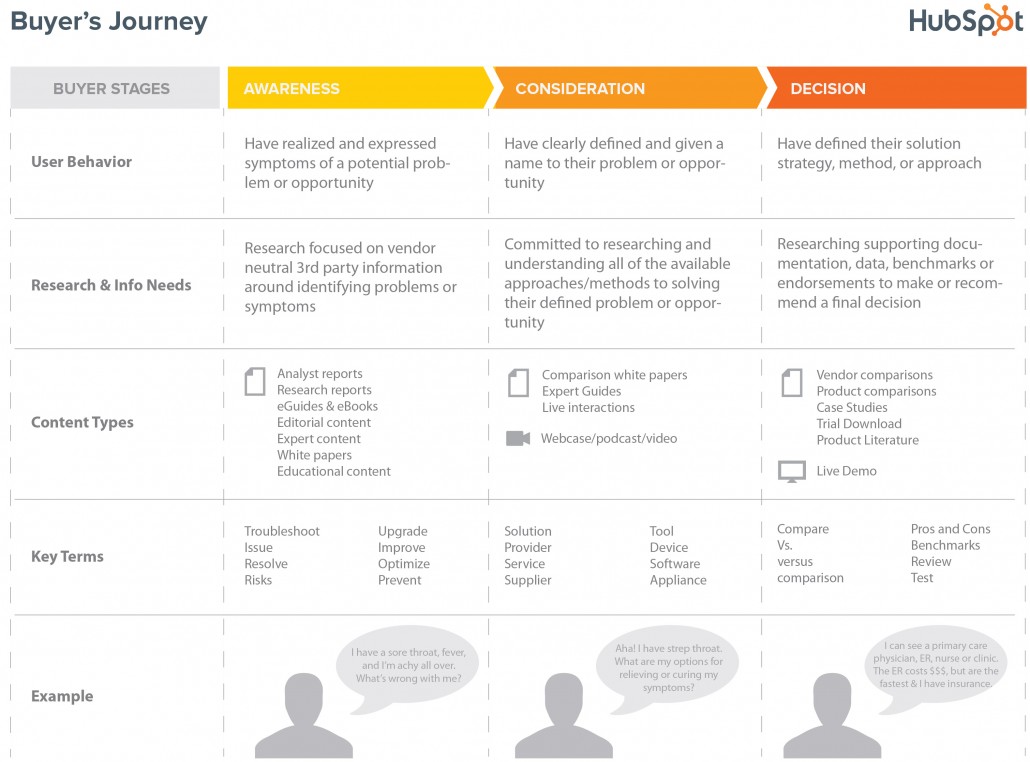
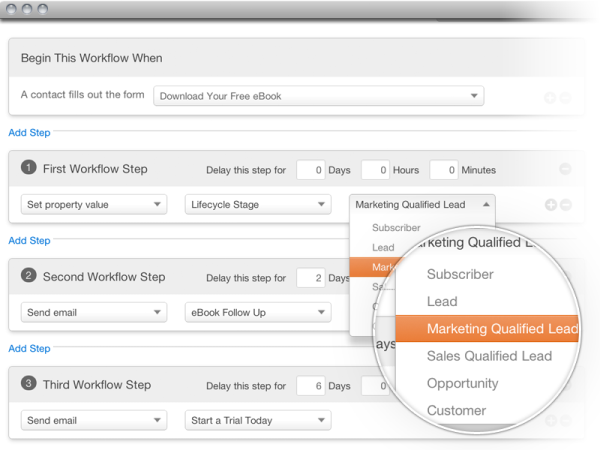
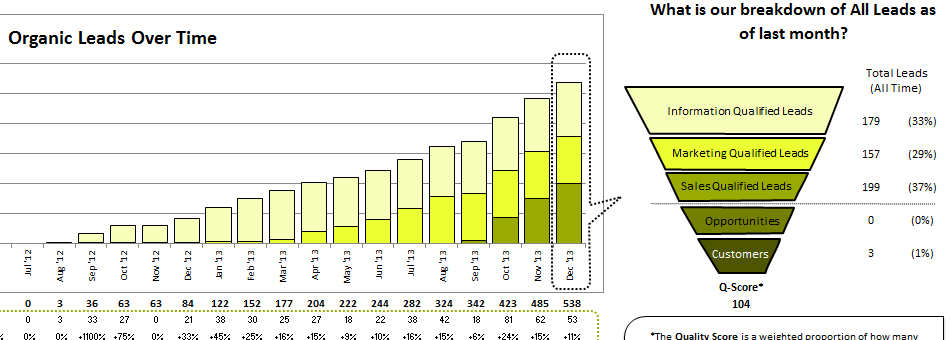 Without measuring effectiveness you will not be able to determine where the bottlenecks exist in your campaign, and make necessary improvements.
Without measuring effectiveness you will not be able to determine where the bottlenecks exist in your campaign, and make necessary improvements.

Leave a Reply
Want to join the discussion?Feel free to contribute!